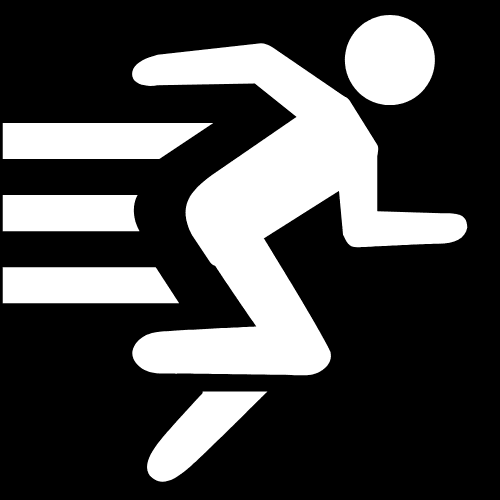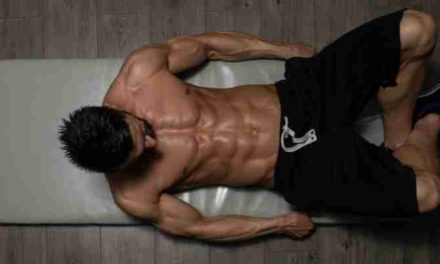Achieving a well-rounded physique goes beyond aesthetics. It’s about building a strong, healthy body that functions optimally and supports your overall fitness goals. This requires training different muscle groups in a balanced and effective way.
Here, we’ll delve into the importance of training various muscle groups for a balanced physique, highlighting the major groups and how to incorporate them into your workout routine.
Why Train Different Muscle Groups?
Beyond the aesthetic benefits of a balanced physique, there are several crucial reasons to include various muscle groups in your training:
- Improved Overall Strength and Function: Training different muscle groups strengthens your entire body, improving everyday activities and preventing injuries.
- Enhanced Performance: Balanced training can improve performance in specific sports or activities by targeting relevant muscle groups.
- Posture and Balance: Training opposing muscle groups (e.g., chest and back) helps maintain proper posture and balance, preventing muscle imbalances and potential discomfort.
- Metabolic Boost: Engaging various muscle groups during exercise increases your metabolic rate, aiding in weight management and overall fitness.
- Reduced Injury Risk: By strengthening all major muscle groups, you create a more resilient body, reducing the risk of injuries.
The Major Muscle Groups:
Understanding the major muscle groups is key to designing a balanced workout routine. Here are the six primary groups and some key exercises for each:
- Chest:
- Push-ups
- Bench press
- Incline dumbbell press
- Decline dumbbell fly
- Back:
- Pull-ups
- Barbell rows
- Seated cable rows
- Lat pulldowns
- Shoulders:
- Overhead press
- Lateral raises
- Front raises
- Rear delt flyes
- Legs:
- Squats
- Leg press
- Lunges
- Deadlifts (advanced)
- Arms:
- Bicep curls
- Tricep extensions
- Hammer curls
- Overhead tricep extensions
- Core:
- Plank variations
- Crunches
- Leg raises
- Russian twists
Designing a Balanced Workout Routine:
Here are some tips for incorporating different muscle groups into your training:
- Choose a split routine: This involves dividing your workouts into different days, focusing on specific muscle groups each session. Popular splits include upper/lower body splits, push/pull splits, or full-body workouts with an emphasis on different groups each day.
- Prioritize compound exercises: These exercises engage multiple muscle groups at once, maximizing efficiency and building overall strength.
- Don’t neglect smaller muscles: While core and other smaller muscles may not be the main focus, include exercises that target them for improved stability and function.
- Progressive overload: Gradually increase the weight, sets, or reps over time to continuously challenge your muscles and promote growth.
- Rest and recovery: Allow adequate rest and recovery time between workouts to allow your muscles to rebuild and repair.
Sample Balanced Workout Routine:
Here’s a sample beginner-friendly split routine focusing on different muscle groups:
Day 1: Push (Chest, Shoulders, Triceps)
- Push-ups (3 sets of 10-12 reps)
- Incline dumbbell press (3 sets of 8-10 reps)
- Overhead press (3 sets of 8-10 reps)
- Lateral raises (3 sets of 12-15 reps)
- Tricep extensions (3 sets of 10-12 reps)
Day 2: Pull (Back, Biceps)
- Pull-ups (assisted if needed) (3 sets of as many reps as possible)
- Barbell rows (3 sets of 8-10 reps)
- Seated cable rows (3 sets of 10-12 reps)
- Bicep curls (3 sets of 12-15 reps)
Day 3: Legs and Core
- Squats (3 sets of 8-10 reps)
- Lunges (3 sets of 10 reps per leg)
- Leg press (3 sets of 12-15 reps)
- Plank (3 sets of 30-60 seconds hold)
- Crunches (3 sets of 15-20 reps)
Remember: This is just a sample, and you should customize your routine based on your fitness level, goals, and preferences. It’s crucial to consult with a healthcare professional or certified personal trainer before starting any new exercise program.








